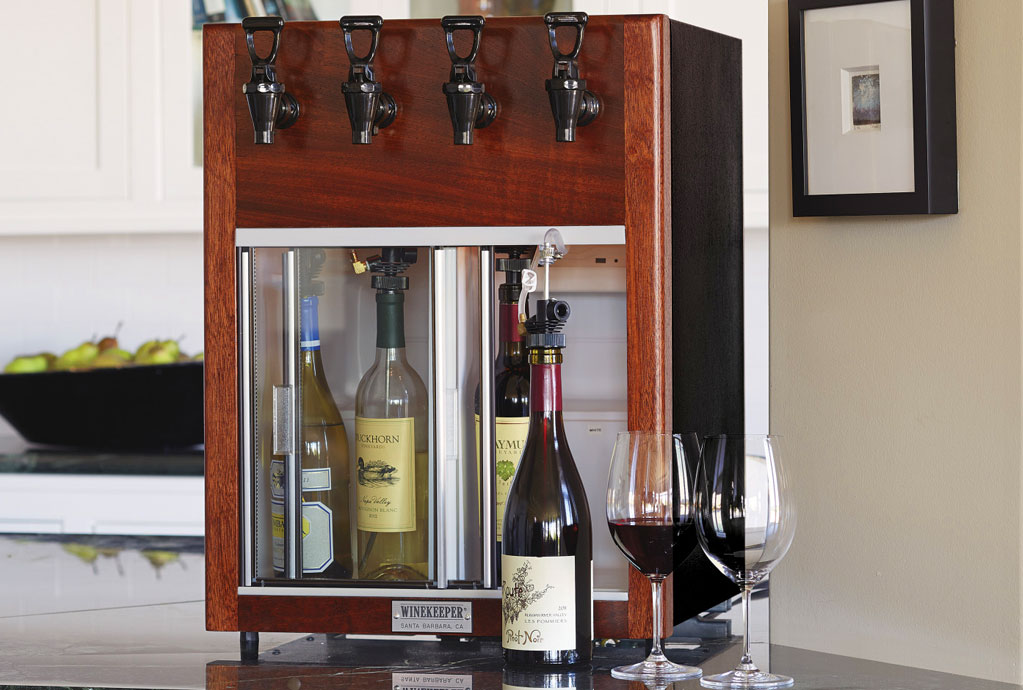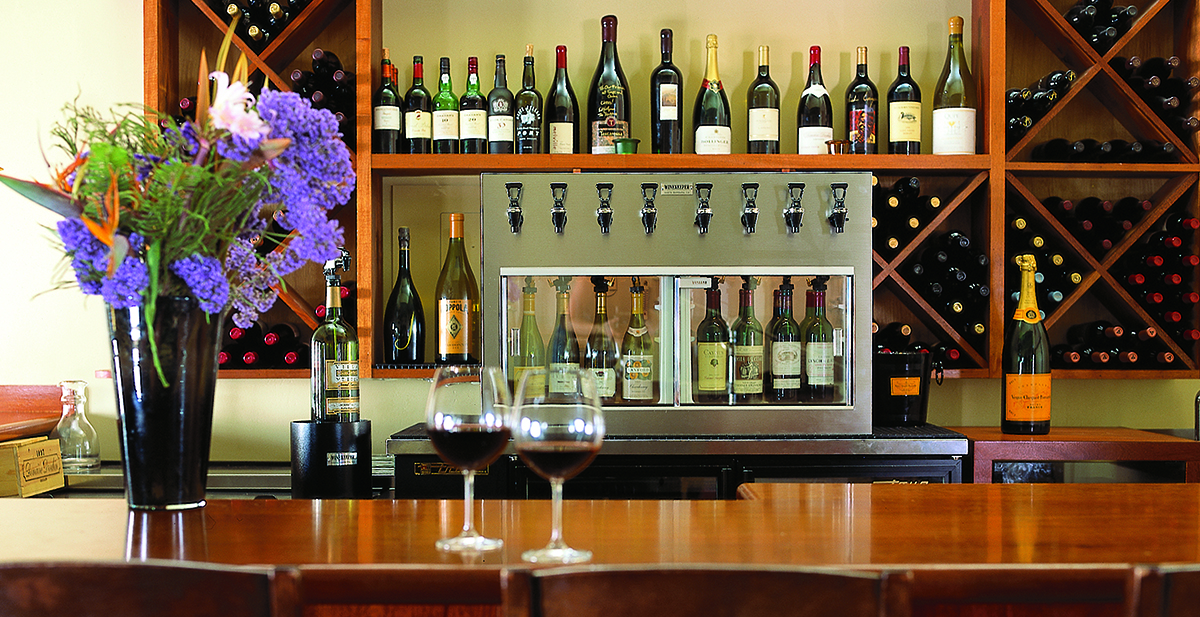
Ever tried wine on tap?
That’s right, we’re talking about wine that’s stored in kegs and served just like draft beer. It might sound gimmicky, but this trend is becoming increasingly popular. That means if you have a hand in how wine is served at a restaurant, this is a practice worth paying attention to.

Why wine on tap works
Wine on tap, stored in kegs and served through a method similar to draft beer, could be the future of by-the-glass pours in bars and restaurants. Serving wines from kegs instead of bottles has benefits for both consumers and restaurant owners.
For restaurants and bars, serving wine from kegs can reduce overhead and ensure that every pour is fresh. Price and freshness are just two of the reasons that Elizabeth Mendez, owner and beverage director of Vera, a Spanish restaurant in Chicago’s Near West Side, began offering wine on tap three years ago.
We spoke to Mendez about why her restaurant made the switch and why others might consider doing the same.
In addition to being practical, this practice also adds a unique flair to your restaurant.
“The first response from customers is almost always curiosity, especially in the Chicago market, as it’s not as common as it is in New York or San Francisco,” Mendez said. “We usually give a guest a taste if they are curious, and they almost always get a glass because wine on tap offers a fresh representation of the wine.”

A better tasting glass of wine
Freshness is what brings customers back, Mendez said, and it’s because kegs keep wine tasting like it should. When a keg is tapped, the contents become pressurized by an inert gas, which prevents oxygen from ever touching the wine. This eliminates the waste that comes with serving wines by the glass. Since the wine is served at a consistent level of ideal quality, wine on tap safeguards the promise of restaurants and wineries having more faithful, repeat customers.
Even with the best preservation system, bottled wines don’t always stay perfectly fresh. A lot of wine is thrown away, or served in poor condition, resulting in a less pleasant experience at a higher price for consumers — and a lot of waste for the restaurant.
Wines on tap will last up to six months. “But we’re lucky that we don’t have to find out if they go bad at that point, as we go through about a keg a week,” Mendez said.
Quality wines for lower prices
Mendez said the lack of waste keeps the price low for her and allows her to provide top wines on tap for a much more reasonable price to consumers. Packaging costs range from $2 to $3 per bottle for most wineries, from the glass itself to the cork or screwcap closure to the label. Those costs go away with a keg. Another benefit to kegs is the variance in sizes for consumers. Guests are able to try a taste, a glass or a carafe of the wine without any waste.
Still, there are critics.
“There are many people who are against wines on tap,” Mendez said. “They say that it is a generic approach to wine because you don’t know where it comes from, so it has no sense of place like you get in bottles.” As a buyer, she said she has the same mentality when picking wine on tap vendors as she does with the bottle selections: “Know your importer and supplier so you can ensure the wines are coming from a reputable source.”

Another way to serve wines by the glass
If wine on tap sounds like an interesting idea you’d like to try, but you’re not yet ready to commit to a complete overhaul of your wine serving system, there’s another option: the WineKeeper. With this wine dispenser, you can serve wine by the glass and still keep bottles fresh until the very last drop.
Just as inert gas replaces oxygen when a wine keg is tapped, the WineKeeper uses a pressurized blanket of inert nitrogen to protect wine in bottles from oxidation and spoiling. Some WineKeeper models also have built-in cooling systems, so you can both store and serve whites and reds at the correct temperature.
What do you think? Will you try wine on tap? Have you already?
About the author: Ladan Nikravan is a magazine editor, writer and blogger in Chicago. She likes candy, white wine and summertime. Follow her adventures at makethemostblog.com.